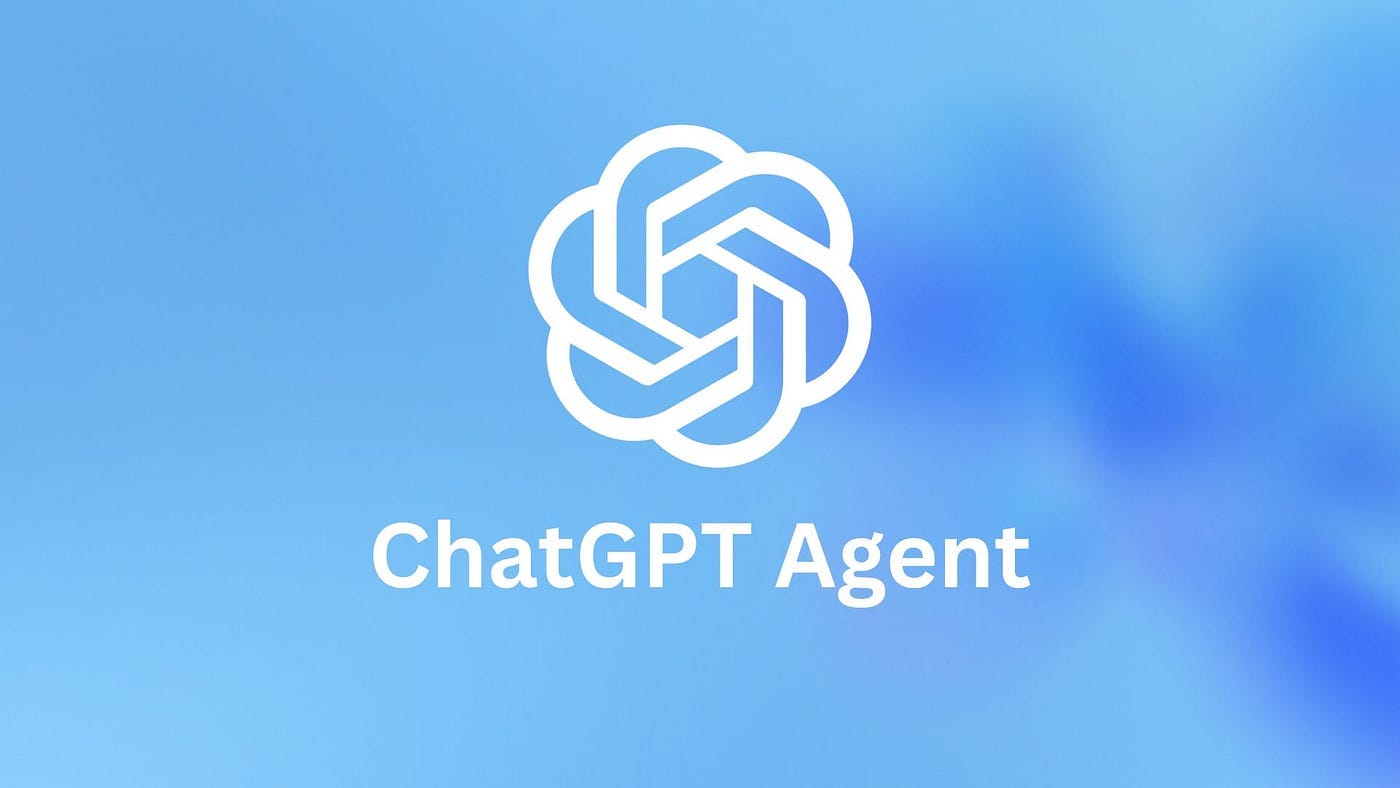How to Use ChatGPT Agents: A Complete Setup Guide

Want to automate workflows, qualify leads, or even interact with internal systems using a smart AI agent? This guide shows you exactly how to set up and use ChatGPT Agents, with no fluff and maximum clarity.
What Is a ChatGPT Agent?
ChatGPT Agents are OpenAI’s answer to true AI assistants — autonomous, context-aware, and capable of executing tasks beyond basic conversation.
Unlike regular GPT chat sessions, Agents have memory, can call tools (APIs, files, functions), and work across sessions. Think of them as an intelligent worker that never sleeps.
Why Use a ChatGPT Agent?
- Automate repetitive tasks
- Act on real-time data from APIs or files
- Retain memory and context over time
- Scale customer support, sales, or internal processes
- Connect seamlessly with external apps
Whether you’re a startup founder, marketer, or developer — ChatGPT Agents are now practical and powerful.
Step-by-Step: How to Create and Use a ChatGPT Agent
1. Get ChatGPT Plus
You need a ChatGPT Plus subscription to create Agents. Sign up at chat.openai.com.
2. Go to the “Explore GPTs” tab
- In ChatGPT, click the Explore GPTs option in the left sidebar.
- Choose "Create" to start building your Agent.
3. Fill in the Agent Configuration
You’ll see an intuitive wizard. Here’s what to enter:
- Name: Choose a memorable name (e.g., “Sales Qualifier Agent”).
- Instructions: What should the agent do? (e.g., “Qualify B2B leads based on budget, timeline, and need.”)
- Personality: Optional tone, formality, and style guidelines.
4. Add Tools (Optional)
You can connect:
- APIs via OpenAI’s function calling
- Files to allow the agent to read PDFs, Excel, etc.
- Code Interpreter to enable advanced calculations
5. Memory Settings
Toggle “Memory ON” to allow the Agent to remember context across sessions. Useful for recurring tasks or CRM-like workflows.
6. Save and Test
Click Save, then start a conversation with your Agent. Give it a real-world task and see how it performs.
Best Practices for Using ChatGPT Agents
- Be specific in your instructions
- Keep memory scoped to avoid confusion
- Add API integrations for real-time capabilities
- Regularly test and refine prompts for clarity
- Monitor for errors — Agents are powerful but still fallible
Example Use Cases
| Business Function | Example ChatGPT Agent Use Case |
|---|---|
| Sales | Lead qualification, SDR workflows |
| Customer Support | Tier-1 FAQ responder, ticket triage |
| Marketing | Brief creation, SEO content research |
| Internal Ops | Document fetcher, scheduling assistant |
| DevOps | Infrastructure status reporting |
ChatGPT Agent Security Considerations
If your Agent uses tools or APIs, be cautious with:
- Authentication keys: Never hardcode secrets. Use environment variables or secure key management.
- Session data: Avoid sensitive data retention if not needed.
- Chrome sessions: If your Agent uses browser-based extensions or sessions, remember that tokens and cookies can be risky.
🔐 Always follow best practices for secure API integration and user data handling.
Common Mistakes to Avoid
- Giving vague instructions (“Help me with sales”)
- Not testing tool actions before deploying
- Over-relying on memory without scoping
- Forgetting to handle errors or API timeouts
- Assuming Agents will behave like human employees
Bonus: How to Use ChatGPT Agents in Your Business
Want your own ChatGPT Agent that speaks your brand voice, qualifies leads, or integrates with your tools?
Run the AI Automation Scan →
You’ll instantly discover what AI workflows can be automated — and how much time and cost you can save.
Final Thoughts
ChatGPT Agents aren’t just toys. They’re a serious leap forward in intelligent task automation.
By setting up your own Agent with tools, memory, and solid instructions — you’re turning GPT into a custom AI employee that scales with your business.
